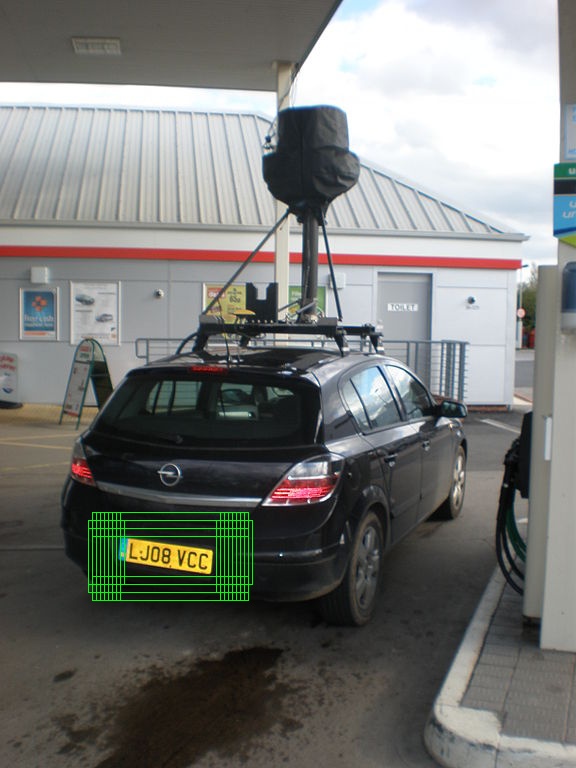Python License Plate Reader
License plate readers don’t track the location of vehicles, but they do scan the license plates of cars that drive by them, thus keeping a record of where those cars were. 15-foot python is. The OpenALPR Cloud API is a web service running in the cloud that analyzes images of vehicles and responds with license plate data, as well as vehicle color, make, model, and body type. Automated License Plate Recognition (LPR or APLR) is more than just License Plate Capture. These systems convert the image (picture of the license) to computer data that can be checked against a database. The system includes high-performance IP cameras designed for this application and powerful software that provides consistent and reliable.
Issuing vehicle license plates is the responsibility of individual states, usually done by a state's Department of Motor Vehicles (DMV) or a Bureau of Motor Vehicles (BMV). A traditional license plate is usually a combination of numbers and letters. For example, the standard license plate in North Carolina includes three letters followed by four numbers, creating a unique combination used to identify a vehicle. Sometimes, a driver may choose to create his own license plate combination using letters, numbers and even symbols.


Decoding these vanity license plates can be tricky, but there are some hints you can use to help figure it out. Look for commonly used abbreviations. The number '4' is often meant to be read as the word 'for,' while the number '2' is often used in place of the word 'to' or 'too.' When preceeded by a letter or letters, the number '8' can easily be used to create a word, such as 'create' (CR8) or 'late' (L8). Individual letters can also be used as abbreviations for whole words.
Automated License Plate Reader
The letter 'R' can be used as an abbreviation for 'are' or 'our,' while 'U' can be used instead of the word 'you.' Consider abbreviations for phrases as well, such as 'as soon as possible' (ASAP).